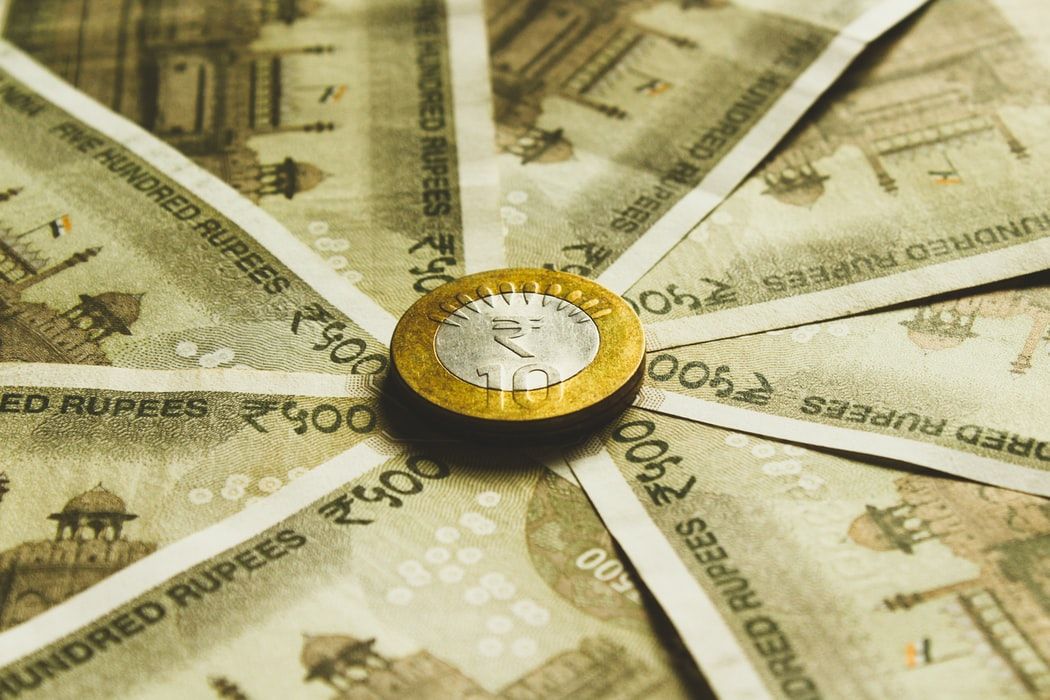Cash Reserve Ratio (CRR) is the percentage of cash required to keep in banks’ reserve of the bank’s total deposit.
The Reserve Bank of India (RBI) directs commercial banks to store a definite proportion of their deposits, i.e., net demand and time liabilities (NDTL), in the form of cash, so that in time of a need, the same can be given to bank’s customers.
The cash reserve is either kept in the bank’s vault or at the RBI. While maintaining the CRR, the bank is not paid any interest rate.
Keeping the cash reserve helps the RBI to ensure the security of money and can be withdrawn when customers need money. It also helps RBI to keep a check inflation i.e., RBI increases the CRR when there is an inflation in the economy making the banks lend less money.
With Coronavirus gripping the whole world, the global economy as well as India’s economy has contracted. The Reserve Bank of India, to help the situation, in its monetary policy statement (MPS), slashed the CRR by 100 bps.
The CRR now stands at 3% of the NDTL against the earlier rate of 4%. This helps the bank take more money out of their vault or from RBI and lend it further to customers, thus, increasing the flow of money in the economy.






